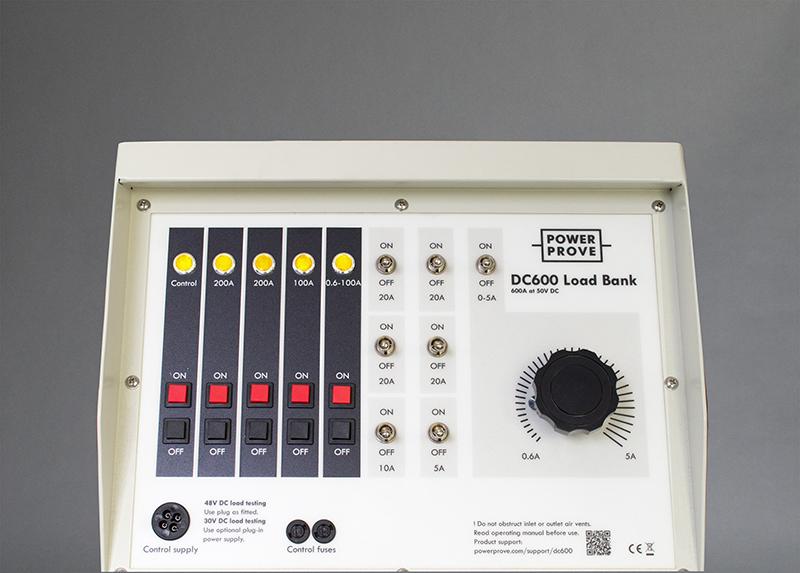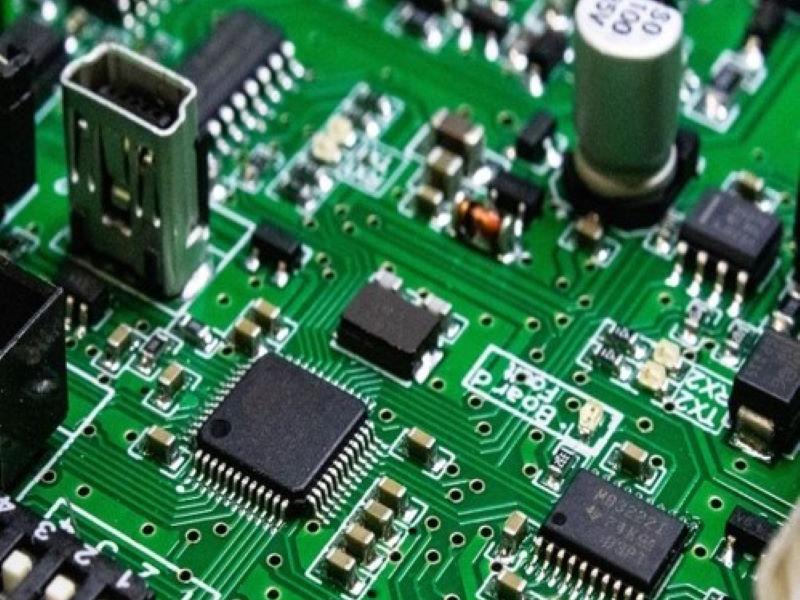Known as the five Ps of success, proper planning really can prevent poor performance. While we can’t always predict how things will turn out, being prepared for the worst-case scenario is better than not preparing at all. One predicament that could strike fear into any business is a sudden power outage, especially if the back-up system fails to spring into action. Here, Andrew Keith, division director at load bank manufacturer Power Prove, weighs up the options operators have when considering load bank testing.
Anywhere that requires constant power, whether that’s keeping the lights on in a healthcare facility or maintaining continuous production in a food manufacturing plant, cannot afford a complete loss of power should the supply from the grid be cut off for any reason. To maintain reliability, diesel generators that can also be supported by battery-backed uninterruptible power supplies (UPS) are put into place to ensure a supply to emergency lighting, computer systems, lifts, pumps and fire alarms when a failure occurs.
Luckily, power failures are not something we have to deal with on a regular basis. However, this fortune can leave operators faced with a double edged sword — thinking the unlikely will never happen may mean that they aren’t properly prepared for when a power failure does occur.
Bearing the load
Neglecting to carry out regular load testing can result in a number of problems. Smoky exhausts, carbon build-up, fuel system problems and lubricating oil deterioration can all be avoided by regularly load testing sets once or twice a year.
Routine testing should include onload to bring the engine, alternator and radiator up to normal working temperatures.
Portable banks
It has long been routine for all newly-installed generating sets to require load testing during the commissioning process to prove the performance of the set and its cooling system, exhaust, switchgear and protection scheme. To carry out these tests, contractors often bring portable loads banks to the site.
Portable load banks are convenient and reliable, making them not only ideal for onsite testing, but also for contractors and hire shops where large fleets of generators need testing each time they are sent out or returned from hire.
Fixed load banks
Adding a fixed load bank to a generator at the time of installation has a number of benefits. First, the fixed load can be fitted in the air outlet between the generator’s radiator and the acoustic splitters, saving space and the cost of separate fans and ventilation systems.
Another benefit is that if the load bank is placed in front of the radiator, it doesn’t create any additional noise. In most projects where the load bank is retrofitted, or where a portable load bank is put in place, there is not enough space in front of the radiator to do this, so it is generally much noisier. Unlike portable options, fixed load banks are suitable for any power and any voltage.
In addition, there is a further benefit in that the same load bank can also be used as a ballast load during normal operation of the generating set. This means that, in applications where the connected load may vary over a wide range, adding some additional load to keep the engine operating to at least 20 per cent of its capacity will help maintain its overall health.
There’s no use simply turning a motor once a month to see if it’s working correctly. Proper planning for a sudden power outage must involve regular load bank testing in order to make sure the generator is healthy and ready to spring into action should it be required. Depending on the location, timings and requirements of an application, either a fixed or portable load bank will be the most suitable option.
www: www.powerprove.com






